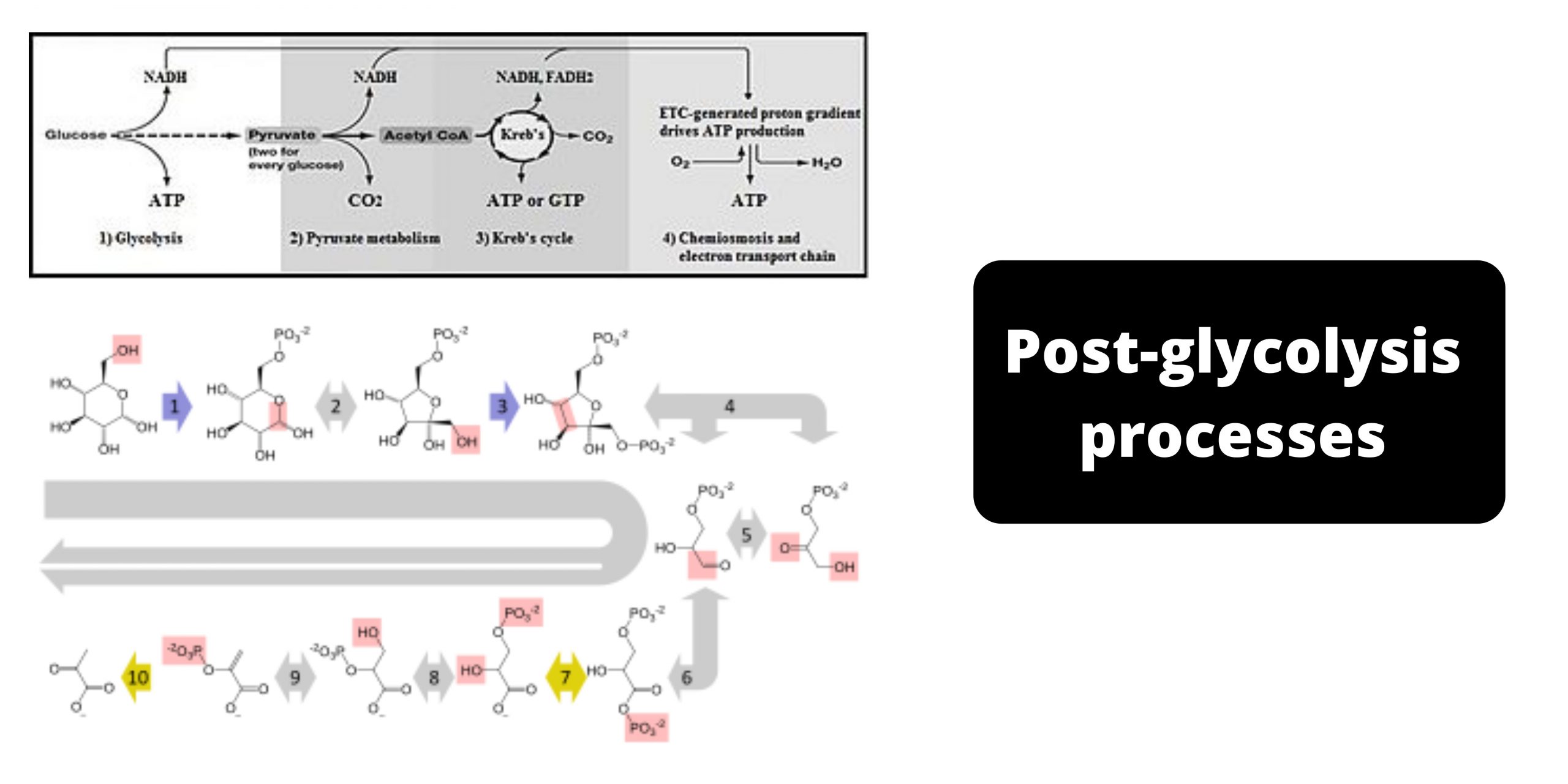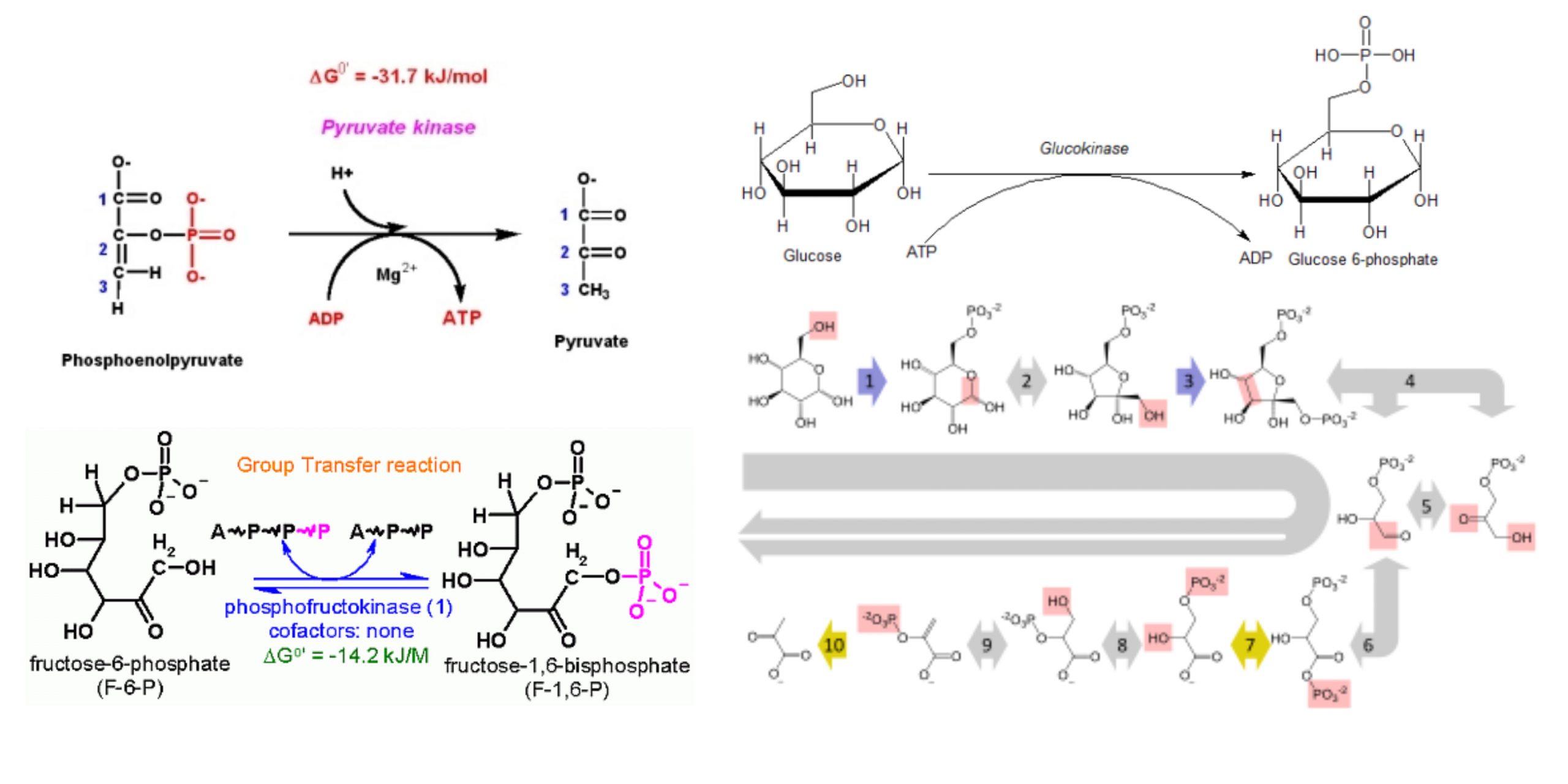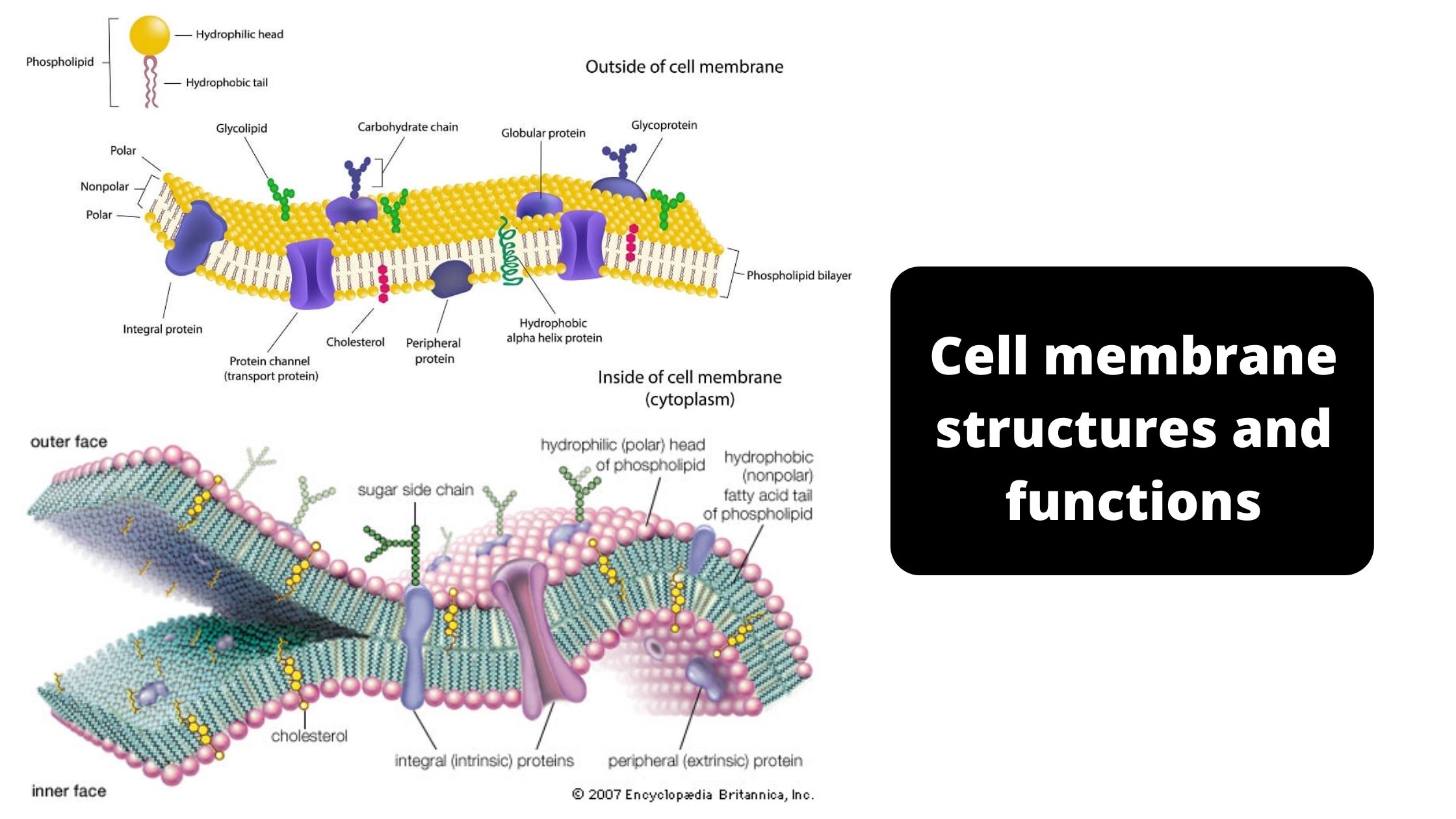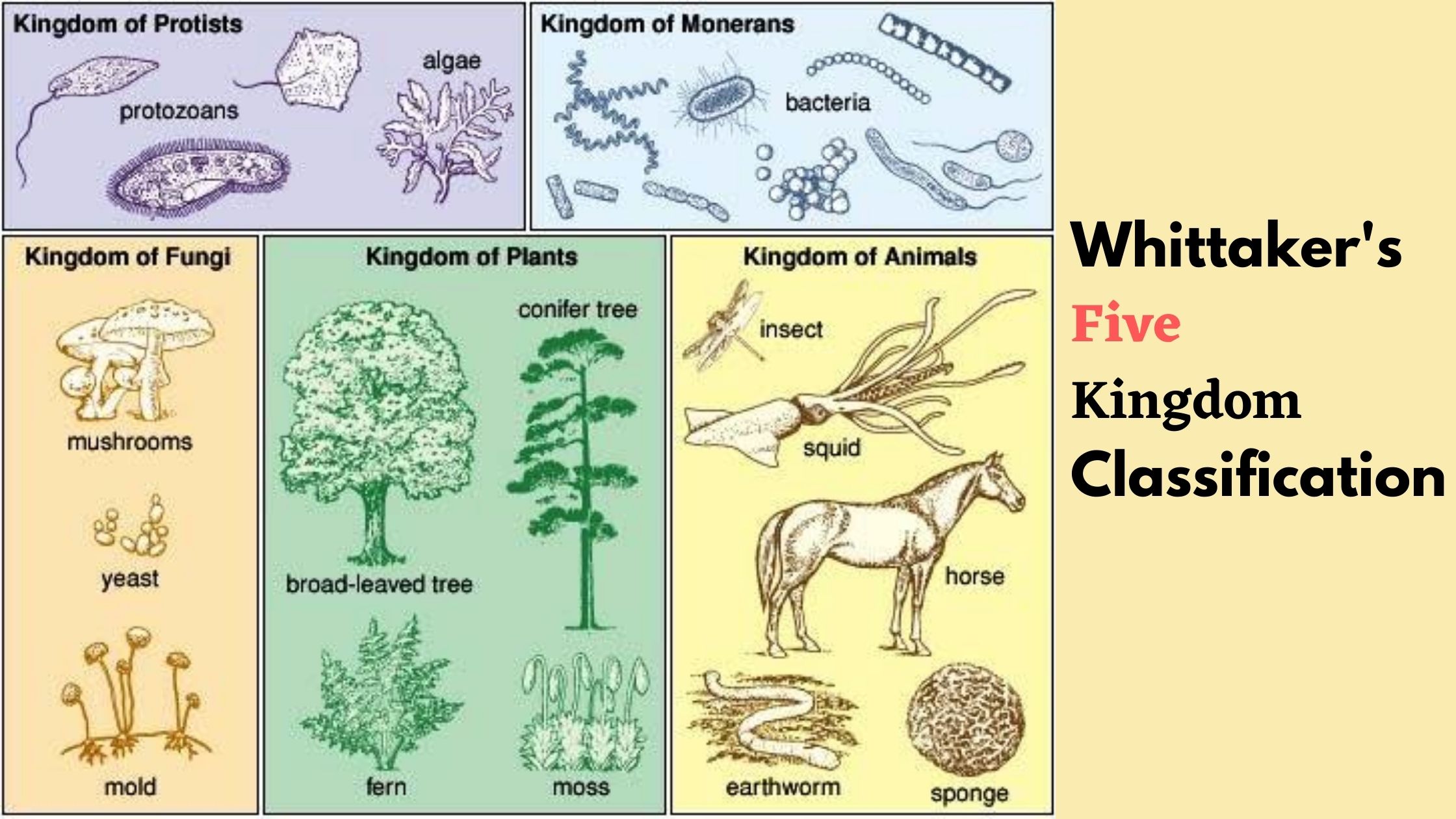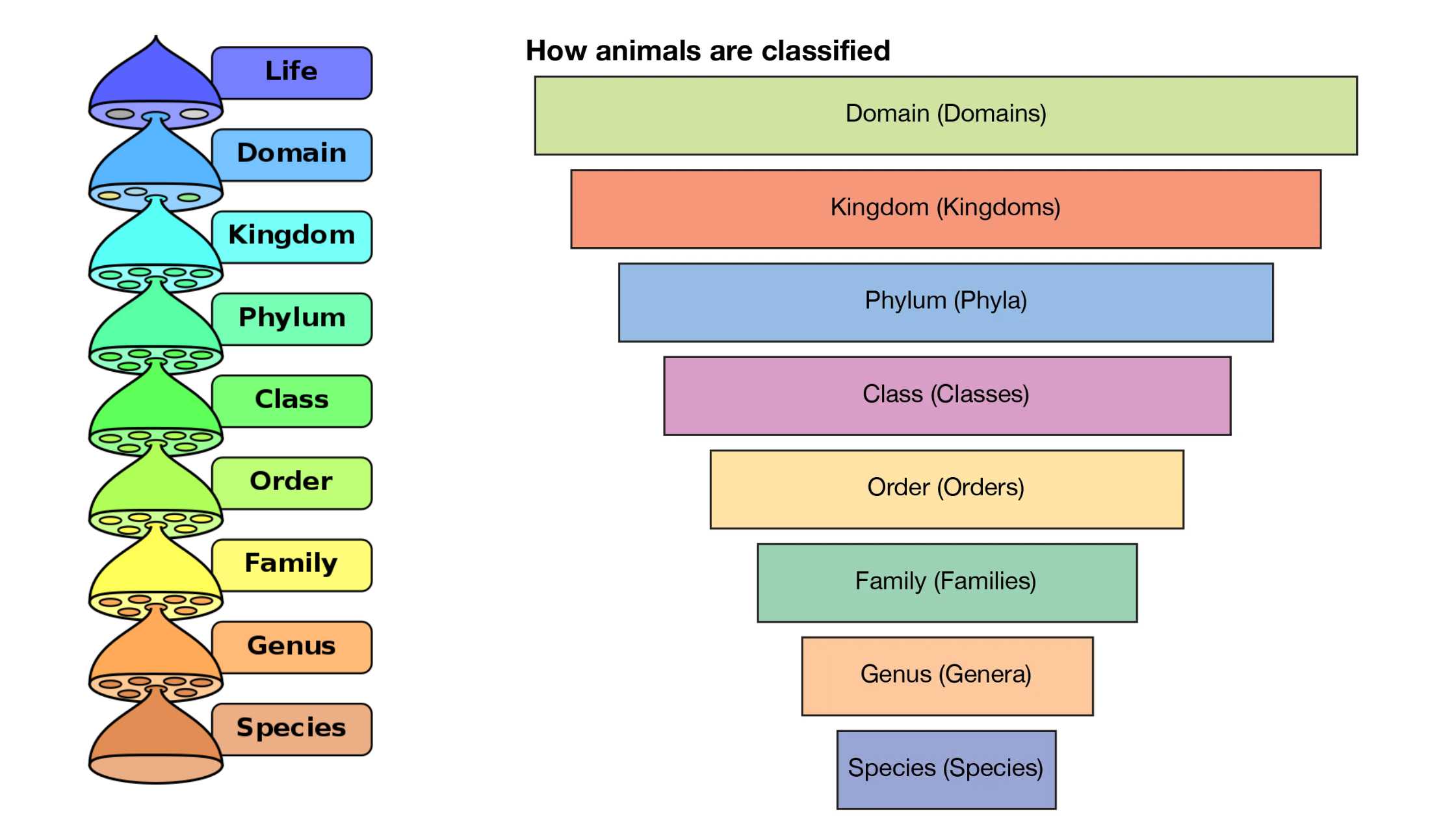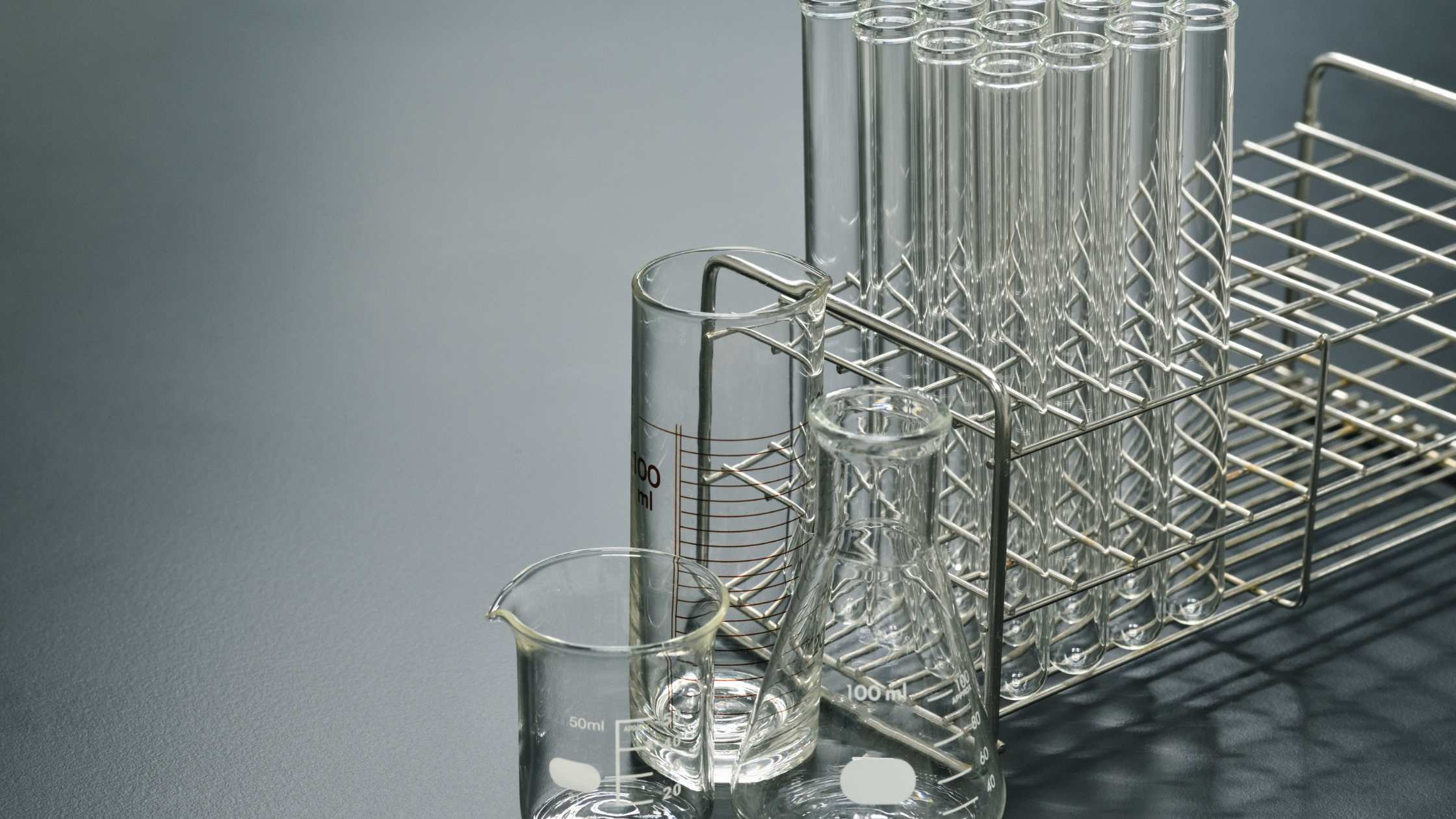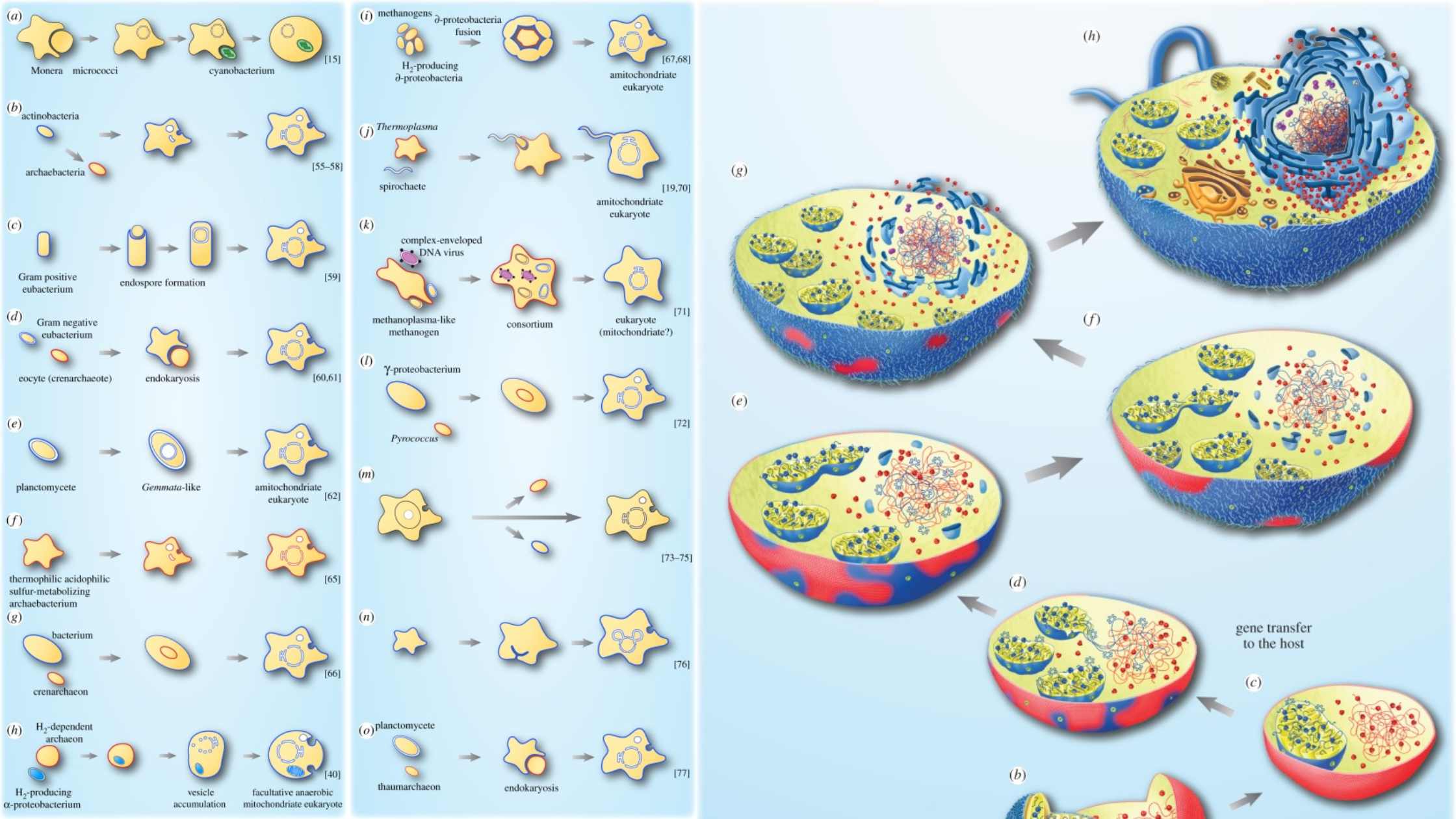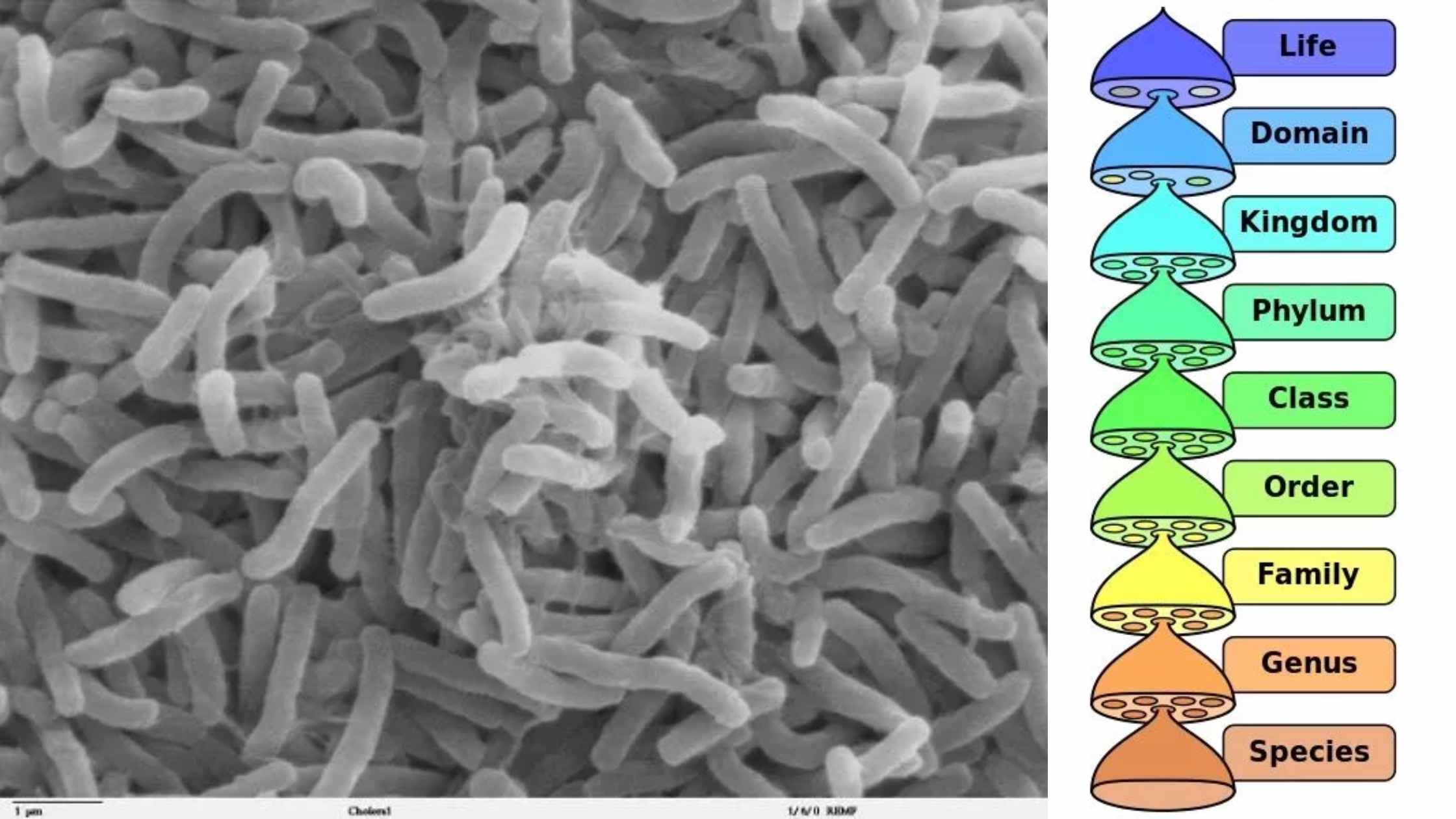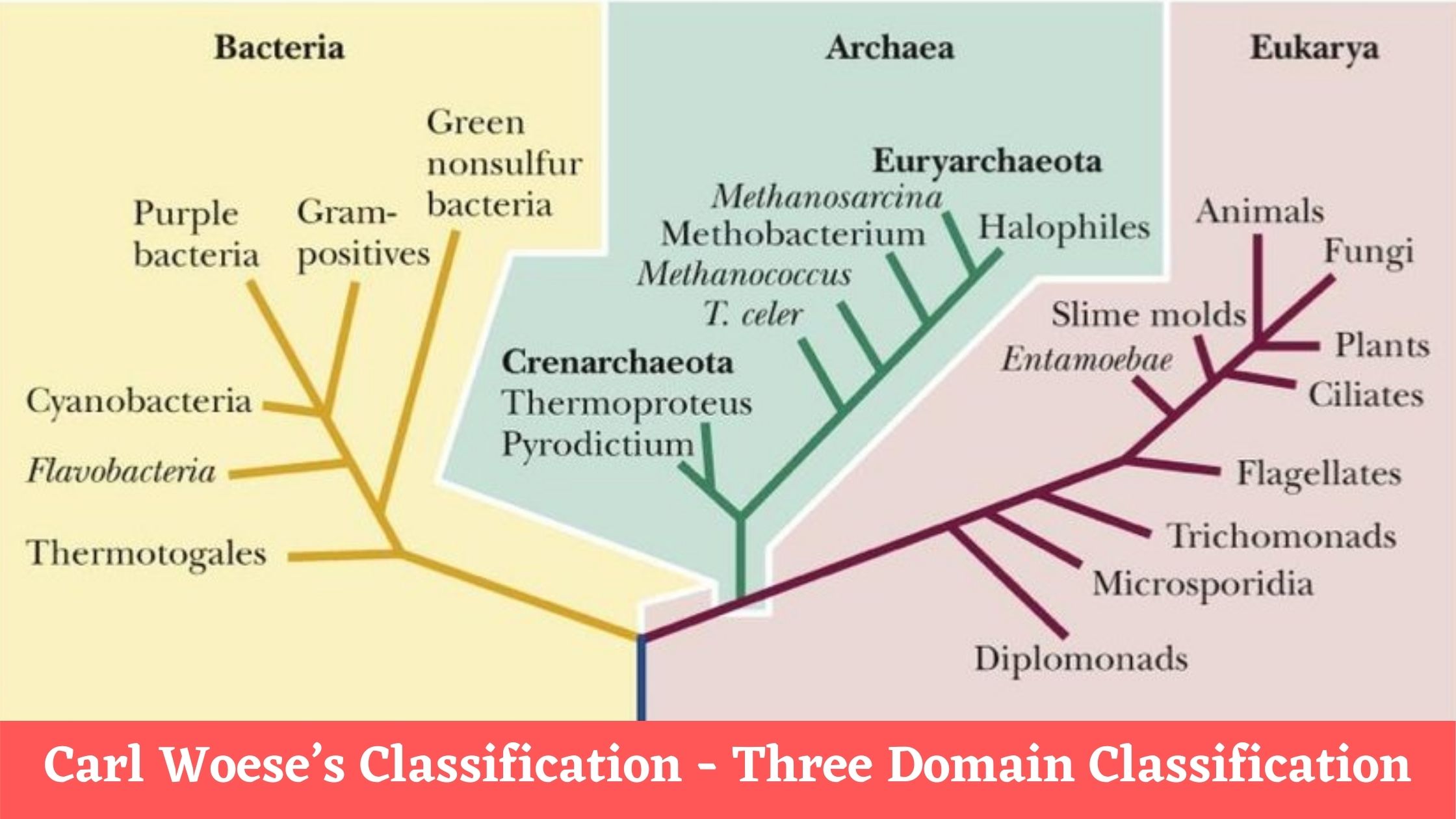Post-glycolysis processes
Post-glycolysis processes Glycolysis is a process that involves: Glucose + 2 NAD+ + 2 ADP + 2 Pi → 2 pyruvate + 2 NADH + 2 H+ + 2 ATP Glycolysis could not continue indefinitely if all NAD+ was used up and glycolysis would cease. Organisms must be capable of oxidizing NADH back into NAD+ … Read more
